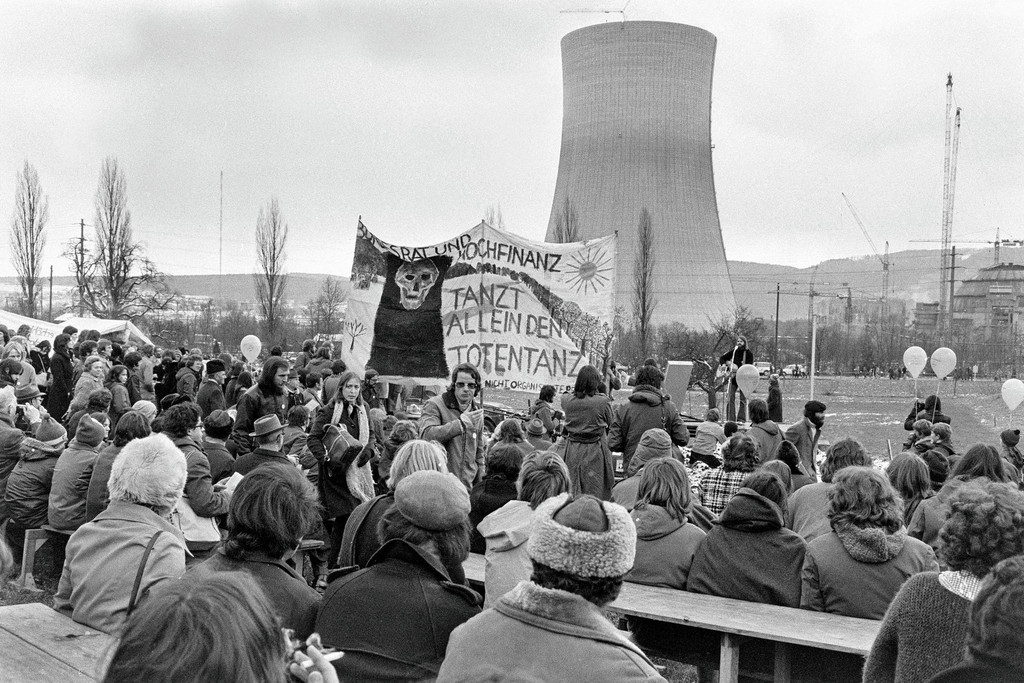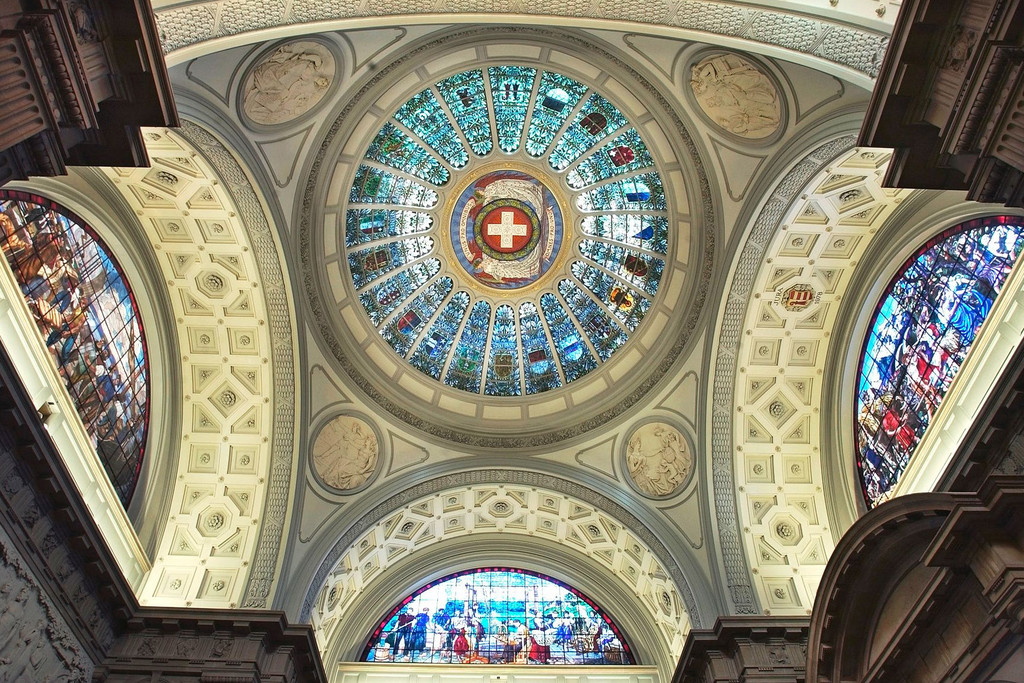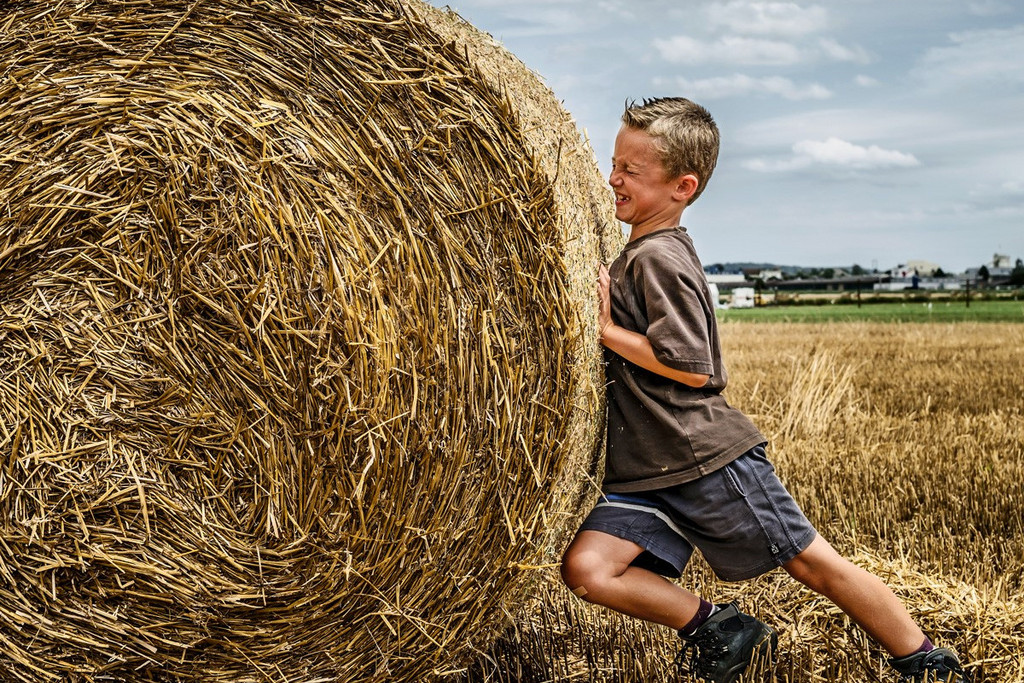
Cliff edge

The day the snow returned

Direct democracy

Cycling through Jura

We, the farmers
![[Translate to English:]](/fileadmin/_processed_/8/4/csm_Kleingeld_SchweizEditorial_c0808c834c.jpg)
The cost of living on an island of prosperity

The return of emergency stockpiling

“Climate change is a reality, even if some people still refuse to believe it.” These were the words used by Swiss President Doris Leuthard when she addressed the media in Bondo in Grisons last August.
Three million cubic metres of rock had just fallen from nearby Piz Cengalo. Huge piles of rubble had thundered down the valley, burying parts of the village. Eight hikers lost their lives but nobody in the village was hurt thanks to its warning system. There was nevertheless large-scale destruction.
In the past, natural disasters happened in far-away places. Switzerland found out about such events via newspapers or television: devastation caused by hurricanes in the Caribbean or flooding after torrential rain in Asia. But Switzerland has been affected for some time now. Glaciers are breaking up or melting in the mountains, and huge rockfalls are occurring in the valleys. In the lowlands, villages are being flooded and crops destroyed by hailstones the size of tennis balls or frost in May.
Erratic weather patterns have also developed in Switzerland, which is something we have to get used to. The causes – which this issue’s focus article convincingly describes – are well-documented: the temperatures in the mountains are rising and hot summers are becoming more frequent. This is impacting directly on the glaciers and the stability of the mountain slopes.

As it has not been conclusively proven that climate change is primarily due to human behaviour rather than the caprices of nature, many people still do not see the need to change their habits. But, as Federal Councillor Leuthard remarked, climate change is a reality that cannot be denied, not even in Switzerland ever since Bondo.
Comments
Comments :
Im Gletschergarten in Luzern lehrte man uns, dass Luzern einmal tropisch war nachdem die Gletscher, die es bedeckten, schmolzen. Was passierte? Klimawandel?